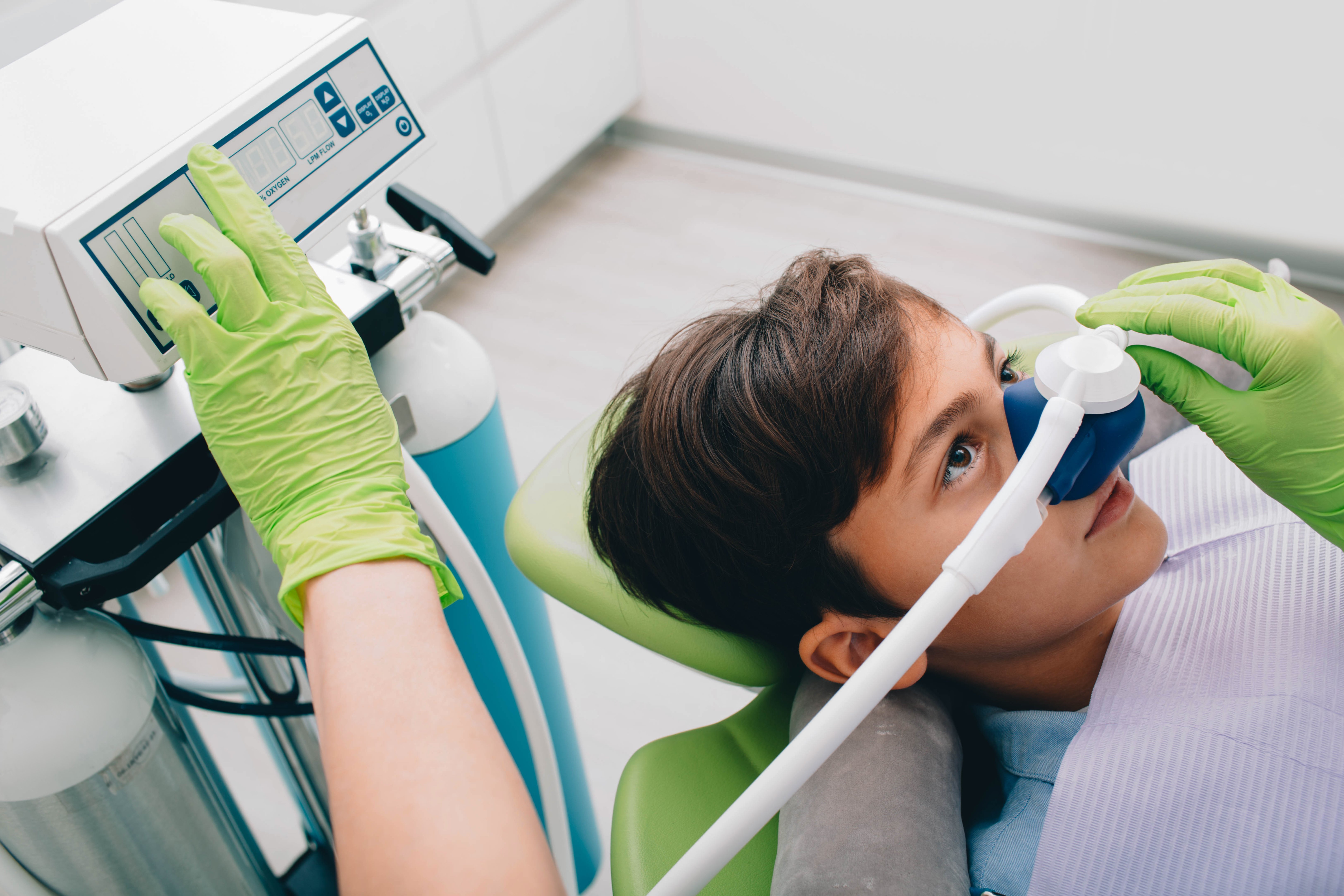
Dentists will employ dental sedation on different patients for several reasons. One of the main ones is that the procedure may be long and painful. Another reason for dental sedation is when the patient is extremely anxious and cannot sit still for the process.
Thus, dental sedation is a way to make your visit to the dentist much more pleasant and bearable. The most popular forms of dental sedation are deep sedation and laughing gas. Both ensure that the procedure's pain does not bother you.
Is dental sedation safe?
What Is Sedation Dentistry?
Sedation dentistry is the science of using medications that help a patient relax while at the dentist. Sometimes, people inaccurately refer to it as sleep dentistry because most patients under sedation are usually awake. Only those under general anesthesia are entirely unconscious.
Dentists employ four primary levels of sedation: general anesthesia, minimal, moderate, and deep sedation. Each of these affects patients on different levels, and dentists use them for various procedures.
Types of Dental Sedation
Inhaled Sedation
It is a form of minimal sedation that works when you inhale laughing gas or nitrous oxide. The nitrous oxide is mixed with oxygen. You breathe it in through a mask on your nose and mouth. Nitrous oxide will help you relax while the dentist works on your mouth. The dentist will control the amount of it that you will be inhaling.
The effects of laughing gas usually wear off quickly compared to other types of sedation. It is the only type of sedation that allows you to drive home after the procedure is over.
Oral Sedation
The impact of oral sedation will depend on the total dosage that the dentist will administer. Oral sedation can range between minimal and moderate sedation. You will take a pill about an hour before the procedure in minimal sedation. The effect is usually drowsiness; however, you will still be awake.
To achieve moderate sedation, the dentist may administer a larger dose. Most patients can fall asleep with this type of sedation but can be woken up with a gentle nudge or shake.
IV Sedation
In this form of sedation, the dentist administers the drugs through a vein. Because they go straight into the bloodstream, they take effect a lot more quickly. The dentist can control the level of sedation continually.
General Anesthesia
General anesthesia involves the dentists administering drugs that almost or entirely knock you out. You will only wake up once the drugs wear off or are reversed with other medication.
Which Sedation Option Is Safest?
Sedation at the dentist will depend on your medical history and any medications you are using. Experts consider oral sedation with nitrous oxide to be the safest form available. Oral sedation often includes anti-anxiety medication, which is very safe for most patients.
The form of sedation with the most risk is sleep sedation or IV. Usually, it involves being semi-conscious during the procedure. However, it is a safe option for most patients if a qualified dentist administers it.
For more on sedation at the dentist's office, visit John K. See, DDS, at our office in Camarillo, California. Call (805) 920-8600 to book an appointment today.










